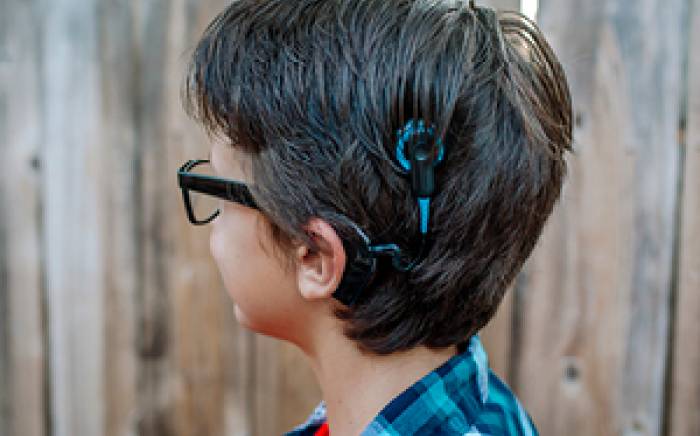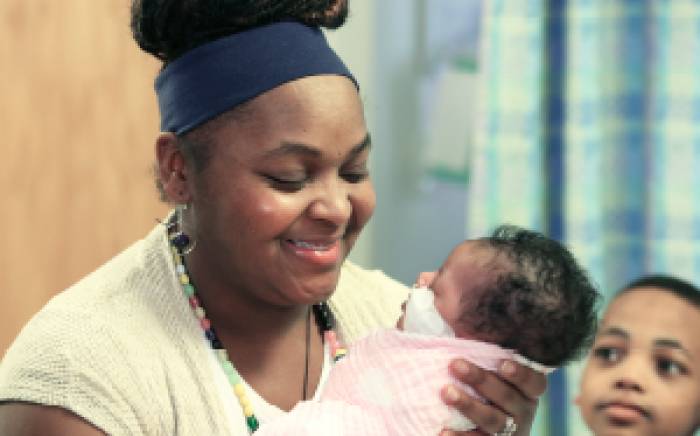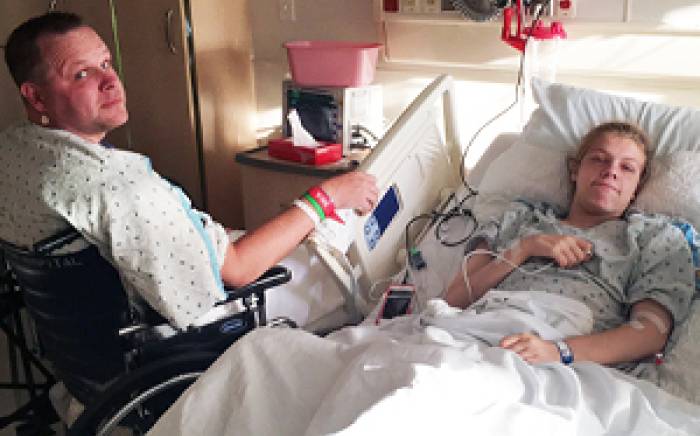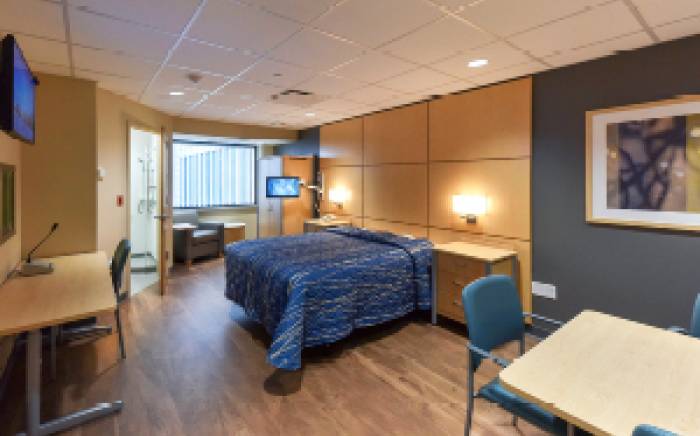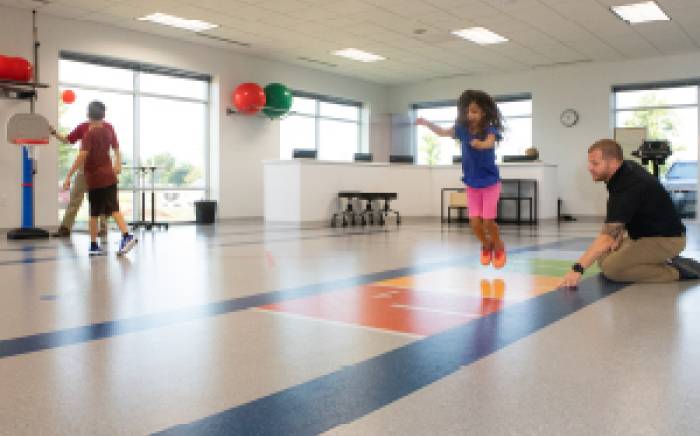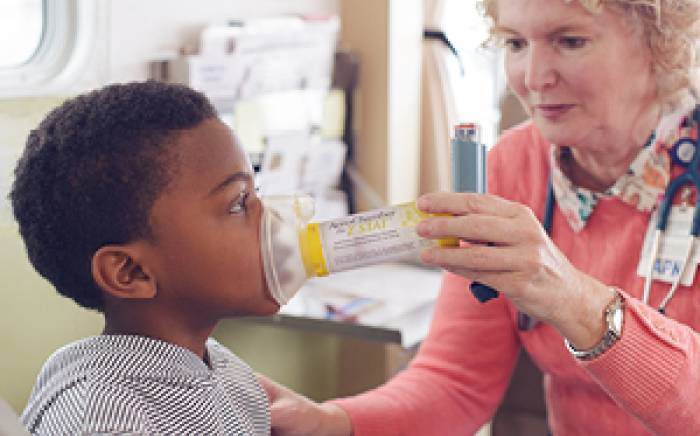On July 1, St. Louis Children’s Hospital’s Critical Care Transport Team became one of the first pediatric hospitals in the nation—and the first in Missouri and Illinois—to offer trauma scene response (the capability of sending via helicopter a pediatric specialty care team directly to the site of an accident involving children).
“There is a time-critical factor for trauma. The first 60 minutes, or the ‘golden hour’, is when rapid treatment can have a significant impact on outcomes for patients, especially those with head and vascular injuries, complex fractures and amputations,” says Martin Keller, MD, Washington University pediatric surgeon and St. Louis Children’s Hospital (SLCH) trauma medical director. “In St. Louis, there are numerous resources for children to receive rapid treatment, but moving out from the city our area becomes rural quickly. Providing scene response is a cutting-edge service enhancing our ability to ensure pediatric trauma patients receive the kinds of immediate interventions that have the potential for improving children’s response to treatment.”
The scene response program continues what has been an ongoing effort by SLCH to ensure injured children receive the highest level of care as quickly as possible. Two years ago, the transport team embedded nurses and paramedics at two rural hospitals, Alton Memorial in the Metro-East and Parkland Health Center in Farmington, Mo. One of the team’s medical transport helicopters, KidsFlight One or KidsFlight Two, is housed at each hospital.
“These actions enabled us to institute our Trauma Early Launch Program, through which EMS agencies in our Missouri and Illinois service areas had the option of requesting we send a pediatric specialty care team via helicopter to the community hospital to which a child was being transported by ambulance,” explains Brandie Tieken, RN, BSN, C-NPT, manager, SLCH transport team. “This ability to request our assistance while the patient was still en route by ground transport meant that our team often arrived nearly simultaneously with the ambulance. Our nurses and paramedic then were able to assist with stabilizing the patients and quickly flying them to a Level I pediatric trauma center.”
Tieken notes that the success of the Trauma Early Launch Program was documented through a retrospective study comparing outcomes for patients for whom pediatric teams were involved in transport compared to children arriving at the hospital by other means. The data showed early-launch patients were more likely to receive pain medicine and antiemetics during transport and had shorter hospital stays.
“Those findings supported some facts that we’ve known for some time, the first being that adult EMS crews do a wonderful job, but they see, on average, less than 10 percent pediatric patients per year. This limits their training and experience, let alone the special equipment necessary for small children,” says Celeste Brancato, MD, Washington University critical care medicine physician and medical director of SLCH’s transport team. “Our scene response program has a goal of changing the ball game completely—from transporting injured children to the closest hospital for triage care to bringing pediatric-trained EMS personnel to the child along with appropriately sized equipment and pediatric medical direction.”
She adds, “In many cases, we will be transporting those children directly to SLCH, the only Level I pediatric trauma center in the bi-state area verified by the American College of Surgeons. That verification means we have the highest level of preparation and expertise to care for injured children.”
The two registered nurses and flight paramedic who make up each crew already were certified for neonatal care, pediatric intensive care and pediatric trauma. In order to provide care outside of a hospital setting, the nurses underwent additional training to obtain certification in pre-hospital trauma life support (most SLCH paramedics already hold that certification).
“For the safety of our crews and our patients, our nurses and paramedics needed to become comfortable functioning outside of a controlled hospital setting. For any given transport, they may be working in a field, beside or on a highway, during the day, or in the middle of the night,” says Tieken. “Their 100 hours of additional training have ranged from learning how to use night vision goggles to working with our local fire district and EMS partners on scene simulations that emphasized scene safety and working as a team with first responders.”
The Scene Response Program is available 24 hours a day, seven days a week. Requests for an SLCH pediatric specialty care team are made at the discretion of the first responders. Designed as a community service, the flight crew transports patients not only to SLCH, but also to other children’s trauma centers and hospitals. Information regarding patients’ care during flights is reported back to fire and ambulance districts partnering with SLCH.
“Quick assessment, diagnosis and treatment are critical factors contributing to pediatric patients’ outcomes, and they can make the difference between life and death,” says Kimberly Quayle, MD, Washington University emergency medicine physician and medical director of the SLCH emergency department. “We believe this new service of our transport team members will have a positive impact on the care of injured children because of our team’s ability to respond within minutes of when they receive a call.”
St. Louis Children’s Hospital offers the most comprehensive and experienced pediatric and newborn transport service in the Midwest – completing more than 2,500 trips each year.

